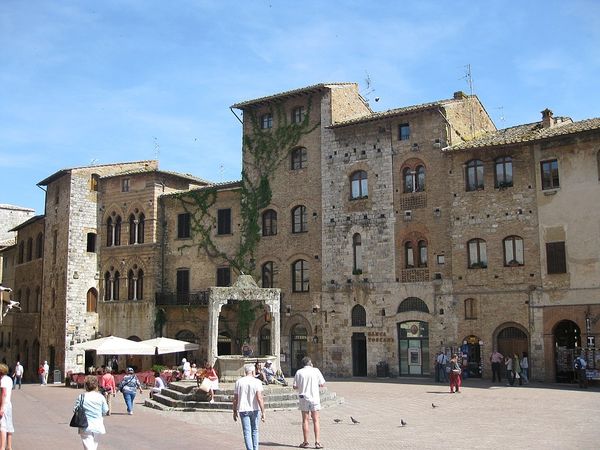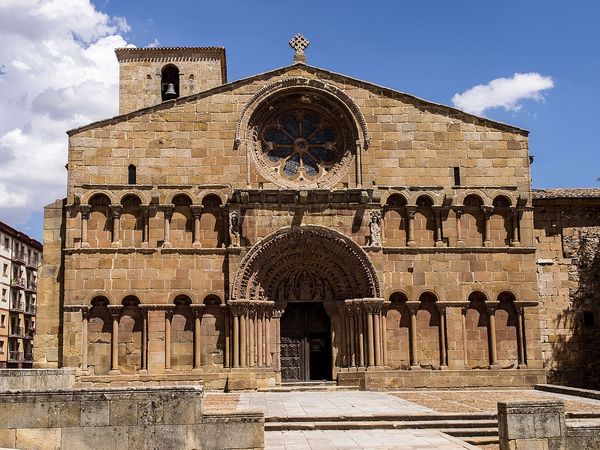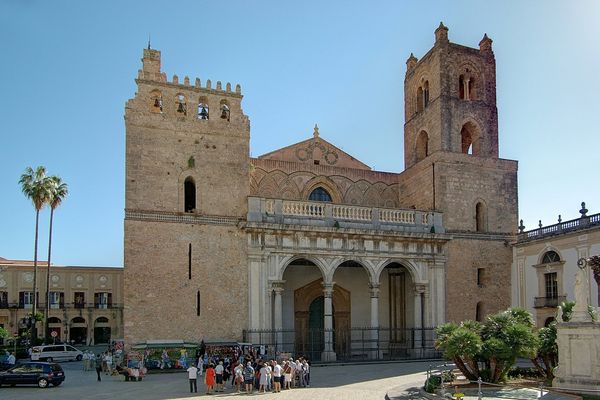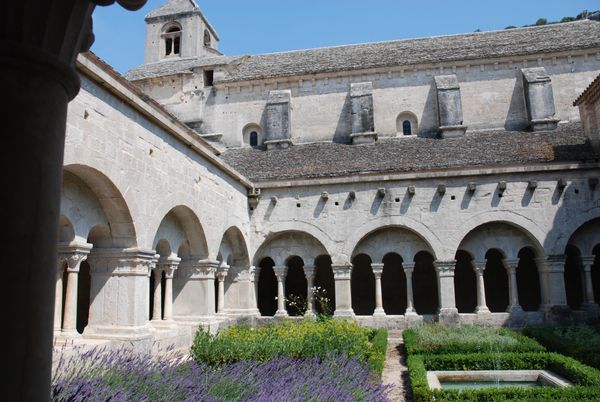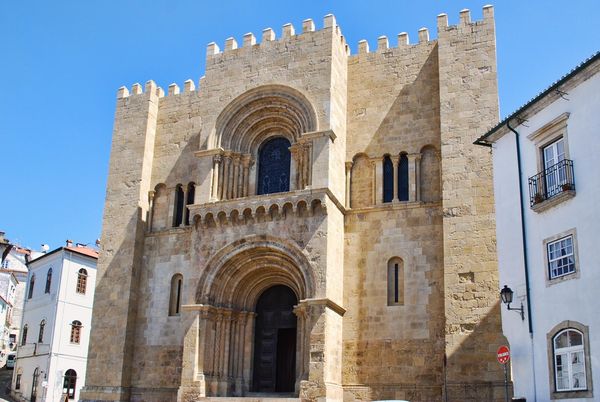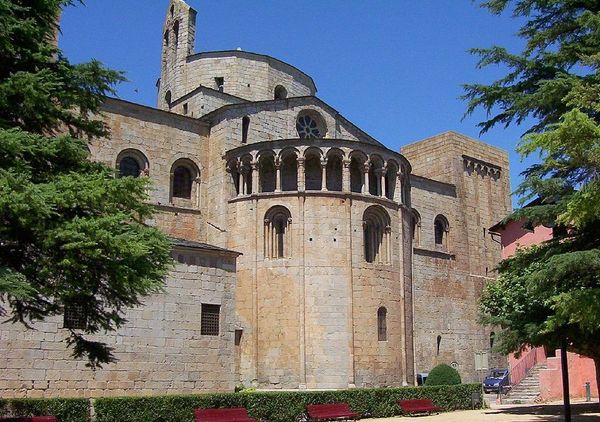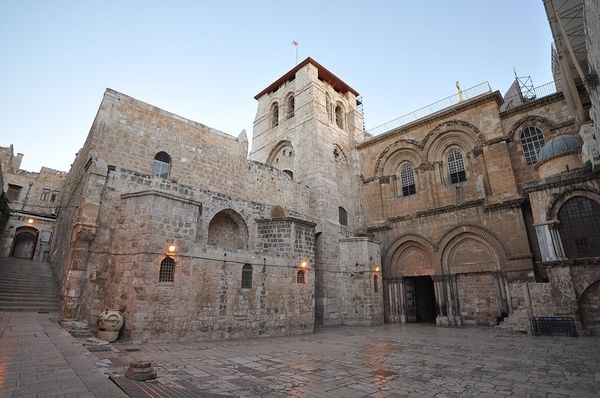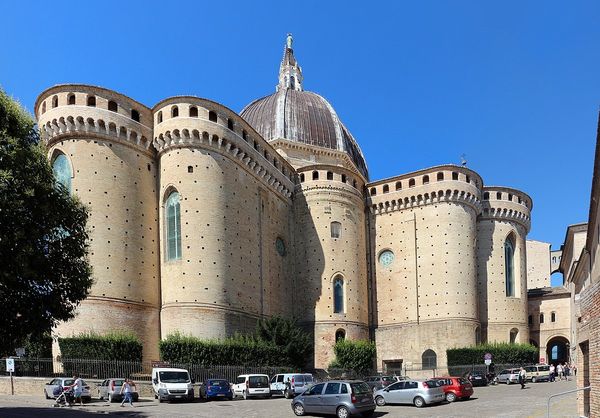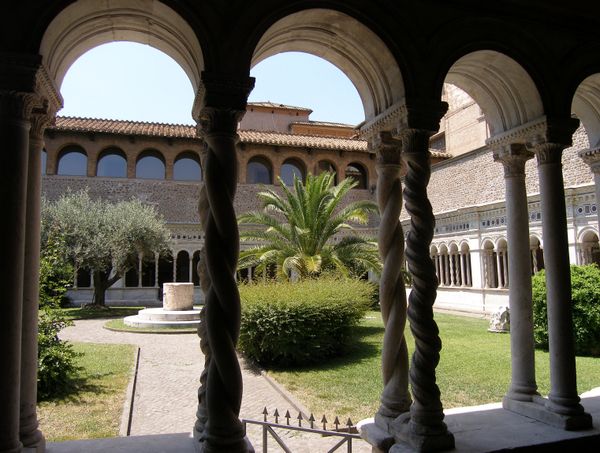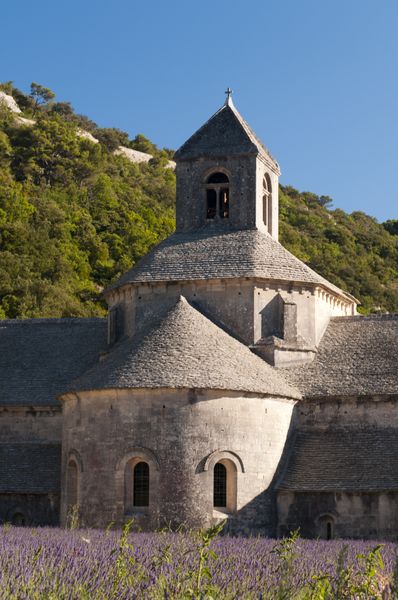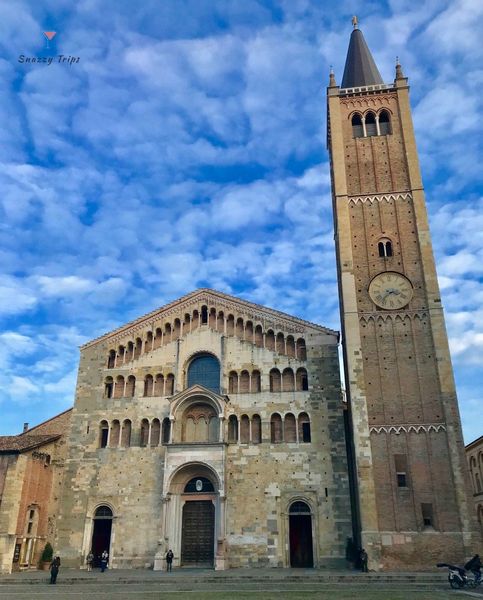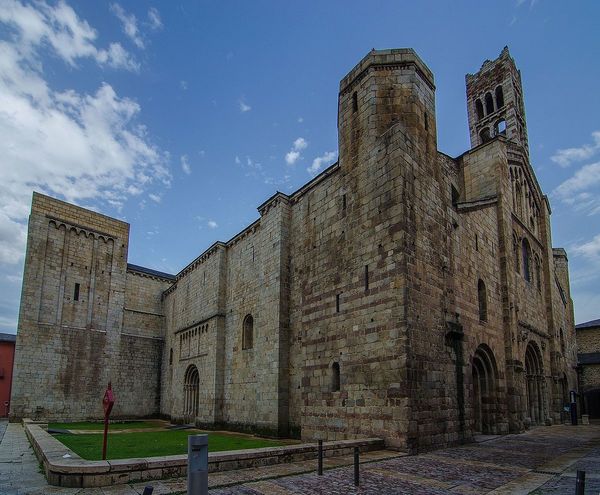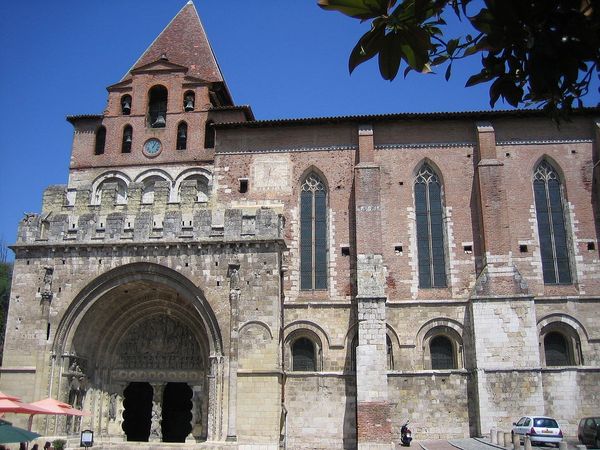
architecture
#
landscape
#
historic architecture
#
romanesque
#
cityscape
#
architecture
Copyright: Public domain
Editor: We're looking at Cefalù Cathedral, dating back to 1131, a stunning example of Romanesque architecture in Italy. Its imposing façade and twin towers create a sense of monumental grandeur, but I’m curious about its deeper architectural significance. How do you interpret this structure from a formalist perspective? Curator: Observe how the architect uses symmetry and repetition to create a harmonious and balanced composition. The facade is divided into distinct horizontal and vertical sections, each playing a role in the overall structure. Consider the rhythm of the arcades and the towers. Notice the textured surfaces – how does this texture influence our reading of mass and depth? Editor: The towers certainly draw the eye upwards, and I appreciate the way the arches soften the overall rigid structure. But is the materiality also key in understanding this piece? Curator: Precisely. The building materials themselves – the type of stone, the way it's dressed and laid – contribute to the cathedral's character. How do the materials interact with the light? Do the shadows accentuate specific forms? Think about how proportion, scale, and material generate this visual experience. Editor: I see now how a formal reading can open up appreciation for the architectural techniques used. This building embodies Romanesque characteristics and goes further in the interplay of geometric forms and raw, textural materials. Curator: Indeed. Paying attention to the intrinsic elements allows a profound connection with not only the architectural design, but also its emotional depth.
Comments
No comments
Be the first to comment and join the conversation on the ultimate creative platform.
